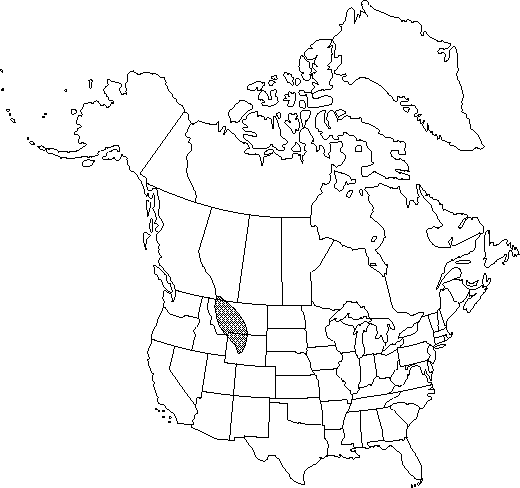Difference between revisions of "Aquilegia jonesii"
Amer. Naturalist 8: 211. 1874.
EndemicSelected by author to be illustrated
Synonyms: Aquilegia jonesii var. elatior Boothman
Treatment appears in FNA Volume 3.
FNA>Volume Importer |
FNA>Volume Importer |
||
| Line 56: | Line 56: | ||
|publication year=1874 | |publication year=1874 | ||
|special status=Endemic;Selected by author to be illustrated | |special status=Endemic;Selected by author to be illustrated | ||
| − | |source xml=https://jpend@bitbucket.org/aafc-mbb/fna-data-curation.git/src/ | + | |source xml=https://jpend@bitbucket.org/aafc-mbb/fna-data-curation.git/src/8f726806613d60c220dc4493de13607dd3150896/coarse_grained_fna_xml/V3/V3_995.xml |
|genus=Aquilegia | |genus=Aquilegia | ||
|species=Aquilegia jonesii | |species=Aquilegia jonesii | ||
Revision as of 18:21, 18 September 2019
Stems 3.5-12 cm. Basal leaves 1-2×-ternately compound, 2.5-10 cm, not much shorter than stems; leaflets to 3-12 mm, not viscid, glaucous on both sides; primary petiolules 1-10 mm (leaflets very crowded), pilose. Flowers usually erect; sepals divergent from floral axis, blue or purple, oblong-elliptic, 15-22 × 6-10 mm, apex acute to obtuse; petals: spurs blue, straight, ± parallel, 8-15 mm, stout (at least proximally), evenly tapered from base, blades blue, oblong to spatulate, 8-13 × 5-6 mm; stamens 9-14 mm. Follicles 14-22 mm; beak 8-12 mm. 2n = 14.
Phenology: Flowering summer (Jun–Jul).
Habitat: Rocky places in limestone areas, usually subalpine
Elevation: 1800-3400 m
Distribution

Alta., Mont., Wyo.
Discussion
Selected References
None.
Lower Taxa
None.
